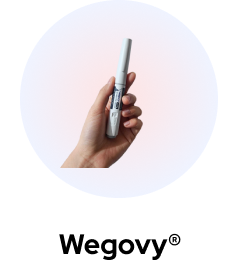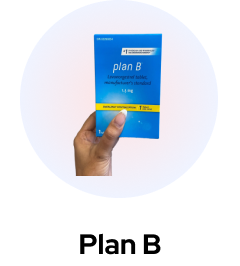Everyone has their own preference for what birth control method they’d like to use, and there’s really no best treatment. It’s up to the individual. Factors that affect this choice are your:
- Fertility plans
- Age
- Lifestyle
Deciding what option to take depends on your wishes and goals. There are many other methods of controlling pregnancies, such as:
- Condoms (male or female)
- Sponges
- Caps and diaphragm.
A more permanent route is:
Sterilization. This is a method of permanent birth control, and can be done on either the male or female body (vasectomy or tubal ligation, respectively). If you’re interested in learning more about these options, talk to your family doctor.
Okay! Now you know some options: let’s talk about the menstrual cycle.
It’s important to understand how the menstrual cycle works when planning on using birth control. The average menstrual cycle lasts 28 days (21-40 days).
- First phase is the follicular phase
- Second phase is ovulation (which occurs at day 14)
- The last phase is the luteal phase, which lasts until your next cycle starts.
So what are my birth control options?
Combined hormonal contraception
There are two types of Combined Hormonal Contraception: monophasic, and triphasic. In terms of effectiveness or bleeding patterns, they’re pretty much the same. They lighten menstrual flow, and keep your cycles under control. They can come with side effects such as headaches, breakthrough bleeding (occasional spotty bleeding outside of your cycle) and nausea.
They should not be used if you have the following:
- breast cancer
- cerebrovascular disease
- heart disease relating to the valves
- history of venous thromboembolism/pulmonary embolism
- history of heart attack
- blood pressure that isn’t controlled, pregnancy
- less than 6 weeks after giving birth if currently breastfeeding
- migraines with aura
- liver conditions (cirrhosis)
- if you smoke more than 15 cigarettes/day and are over 35 years old
Oral Birth Control Options (most common)
When it comes to the pill, there are many options for women. To get the right one for you, we strongly recommend talking with a doctor. Fortunately, you can easily talk to one with Jill! Just start a free visit.
The pill is is a daily medication, best taken at the same time every day. A typical pack has 21 or 28 tablets. The 21 tablets in either case have active medication, whereas the 7 extra tablets have no medication. These serve as placebo tablets after a 21-day course. Or, you can choose to have a 7-day gap as done with the 21-tablet pack.
The second component of these COC (combined oral contraceptive) pills is progestin. There are various types of this in different COC products. For instance, the third generation progestins (norgestimate and desogestrel) have also been used for acne treatments, because they have a trait of being less androgenic than other progestins. This characteristic of being less androgenic contributes to diminishing breakouts.
It’s important to understand what other drugs interact with COC, since they can affect its effectiveness. Two classes of medications that should be actively assessed when considering or taking birth control are antibiotics, and antiepileptic drugs. If these medications are present in someone’s medication regimen, they should decide on taking a non-oral version of birth control such as IUD, barrier contraception, or depot injections.

Vaginal Ring
There are, fortunately, other formulations for hormonal contraception that can be used when the oral route is not an option. Vaginal rings are small, flexible rings that can be inserted into the vagina. They release hormones constantly throughout the day. One benefit of this is that it prevents the fluctuations that are typically seen with oral medication. Another benefit is that these hormones can be given in much lower doses, since this route does not result in the medication being broken down in the GI system as a pill would. The ring is also not an issue during sexual intercourse.

Transdermal Patches…
If you don’t like the idea of a vaginal ring, there are other non-oral options. Transdermal patches such as Evra are quick, easy, and convenient. You stick them to yourself like a bandaid, and their medication absorbs through your skin. It isn’t as effective for patients over 90 kg however, so if that’s you, you’ll need to consider another option.
Progestin-Only-Contraception…
If estrogen is the issue, then there are options of progestin-only contraception. Oral formulation of this would use norethindrone; its brand name is Micronor. This option is good for individuals who cannot tolerate estrogen, or manage its side effects. The mechanism progestin-only contraception uses to prevent pregnancy is by preventing sperm from reaching the cervix by thickening cervical mucus. One of the drawbacks for this regimen is that the dose cannot be missed by more than 3 hours, and needs to be taken at the same time every day.
The thickened cervical mucus will go back to normal after 22 hours of the last dose, so it is very important to adhere to the treatment precisely in order to prevent pregnancy.
IUD
IUDs (intrauterine device) are small devices inserted into the uterus that release a low dose of medication constantly to prevent pregnancy. They can last up to 5 years. There is a higher risk it may be expelled in younger women, relative to older women. The ideal situation would be to always carry back up methods of contraception just in case it gets expelled from the uterus. A drawback to this method is that you need a visit to the doctor to start and stop it.













 (US)
(US)